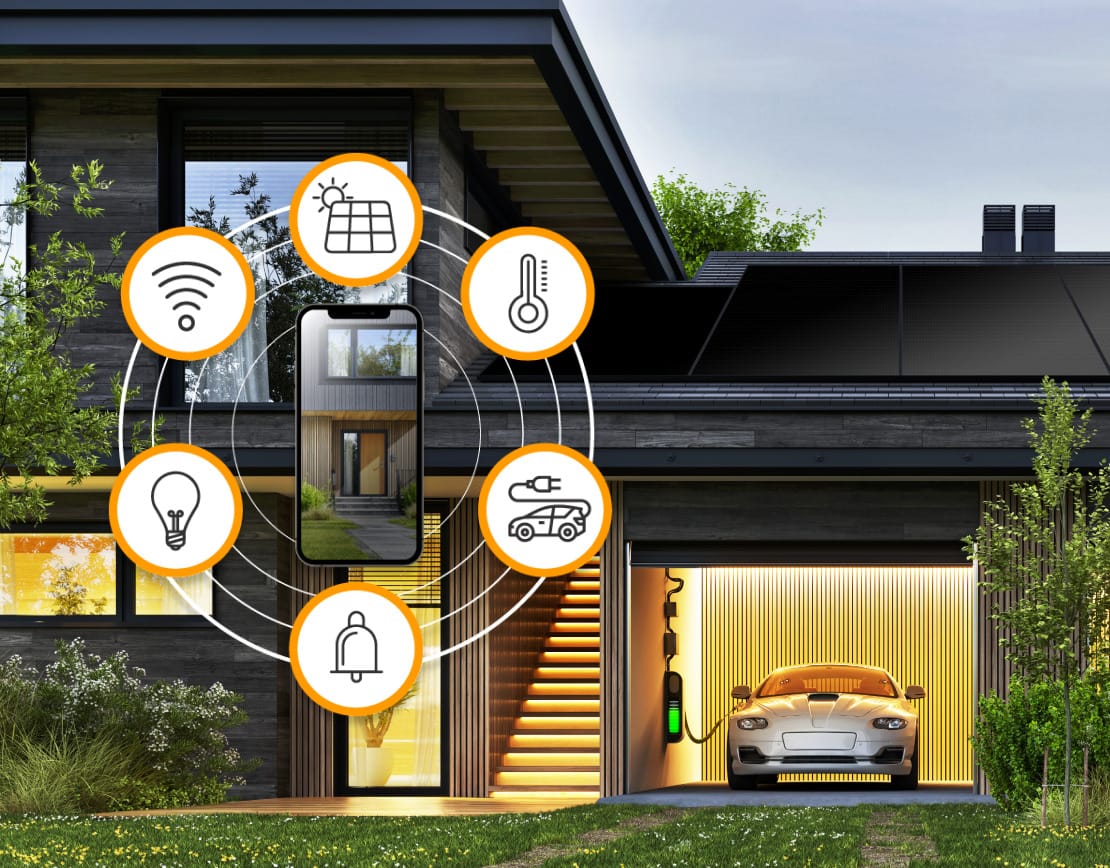Why Batteries are Important
Once upon a time we only thought of batteries in terms of powering our phones and computers. In the last 10 years all that has changed, and we are beginning to see that with the innovation of solar batteries, we are powering our cars and houses too. The last decade has seen a surge in lithium-ion battery production which has led to an 85% reduction in prices. Electric vehicles and energy storage are now commercially viable for the first time in history from the standpoint of both cost and performance. Batteries have long held the key to being able to transition away from fossil fuel dependence and are set to play an even greater role in the future. Without effective energy storage techniques, fossil fuels will still be needed for times when the sun isn’t shining, or the wind isn’t howling.
Affordable and flexible electricity storage technologies are increasing the rate at which the transition to clean energy is happening around the world making it possible for cleaner electricity to be used for a burgeoning range of applications. The US has already experienced a 20-fold increase in utility-scale battery storage between 2010 and 2019. BlombergNEF has predicted that the US will exceed 100 gigawatts of installed battery storage by 2040, an almost 100-fold increase from current capacity.
Battery storage systems are essential to being able to effectively integrate high shares of solar and wind renewables in power systems worldwide and there is no doubt that technological progress is being fuelled by the need for this. According to recent analysis from the International Renewable Energy Agency (IRENA) electricity storage technologies can be used for a variety of applications in the power sector, from e-mobility and behind-the-meter applications to utility-scale use cases.
Despite the coronavirus pandemic and social-distancing orders causing the US economy to go into free fall this year the energy storage industry delivered its second-best quarter ever in terms of megawatts installed. More customers than ever had batteries added to their homes to store power and to provide back-up power amid hurricanes, wildfires, and other types of grid outages. Residential storage companies installed 48.7 megawatts/112 megawatt-hours in Q2, up 10 percent from the previous quarter, according to the new Energy Storage Monitor report released Thursday by Wood Mackenzie and the U.S. Energy Storage Association.
Utility-Scale v Small-Scale Batteries
At present it is utility-scale stationary batteries that dominate global energy storage. However, by 2030 small-scale battery storage is expected to significantly increase working hand in hand with utility-scale applications. The number of behind-the-meter (BTM) installations is on the rise across the globe. This increase has been driven by the falling costs of battery storage technology due to the growing consumer market and the development of electric vehicles (EVs) and plug-in hybrid EVs (PHEVs), along with the deployment of distributed renewable energy generation and the development of smart grids. Another example of this can be seen in Germany where 40% of recent rooftop solar PV applications have been installed with BTM batteries.
Utility-scale batteries can enable a greater feed-in of renewables into the grid by storing excess generation, and by firming renewable energy output. Batteries especially when paired with renewable generators, can also help provide reliable and cheaper electricity in isolated grids and to off-grid communities, which otherwise rely on expensive imported diesel fuel for electricity generation. In the US state of New York, an important demonstration project using a 4 MW / 40 MWh battery storage system showed that the operator could reduce almost 400 hours of congestion in the power grid and save up to USD 2.03 million in fuel costs which is an encouraging result.
There are many examples that demonstrate the effectiveness of battery storage. Several island and off-grid communities have invested in large-scale battery storage to balance the grid and store excess renewable energy. In a mini-grid battery project in Martinique, the output of a solar PV farm is supported by a 2 MWh energy storage unit, ensuring that electricity is injected into the grid at a constant rate, avoiding the need for back-up generation. In Hawaii, almost 130 MWh of battery storage systems have been implemented to provide smoothening services for solar PV and wind energy.
The Future of Energy Storage
Though technical progress and mass production have led to a significant drop in battery prices in recent years developing better and cheaper electricity storage is still a major challenge for the future. According to the International Energy Agency’s (IEA) Sustainable Development Scenario, for the world to meet its climate and sustainable energy goals, close to 10 000 gigawatt-hours of batteries and other forms of energy storage will be required worldwide by 2040 which is 50 times the size of the current market.Currently, energy storage deployment is expected to grow by over 40% each year until 2025. UBS have estimated that energy storage costs will fall between 66% and 80% over the next decade and that the market will grow to as much as $426 billion worldwide. Entire ecosystems will develop over time which will support a new age of battery powered electricity, the effects of which will be felt all through society.
Changes in Electricity Grids
There will be enormous changes in the make-up of electricity grids as more green-generated power is produced. For example, it is looking likely that electric vehicles will grow faster than expected meaning that peak oil demand could be reached sooner. The total number of electric vehicles on the road rose to 5.1 million in 2018 according to the IEA which is still a tiny portion of the 1 billion plus cars on the road today, but this number is expected to keep growing. BloombergNEF has predicted that 57% of new passenger car sales will be electric by 2040 bringing the total electric fleet to 30%. Utility companies will require new software to be able to understand power needs as renewables and electric vehicles draw from the grid.
Cowen analysts recently told clients that the grid will “see more changes over the next ten years than it has in the prior 100.”
António Campinos, President of the European Patent Office, said:
“Electricity storage technology is critical when it comes to meeting the demand for electric mobility and achieving the shift towards renewable energy that is needed if we are to mitigate climate change, The rapid and sustained rise in electricity storage innovation shows that inventors and businesses are tackling the challenge of the energy transition. The patent data reveals that while Asia has a strong lead in this strategic industry, the US and Europe can count on a rich innovation ecosystem, including a large number of SMEs and research institutions, to help them stay in the race for the next generation of batteries.”
The Importance of Battery Technology Innovation
Another knock-on effect of the improvements in energy storage which has made wind and solar more feasible is the benefit to renewable energy equipment makers and operators as well as chemicals and materials companies.
It is plain to see how important batteries have been in modern day society. 2019’s Nobel Prize in Chemistry went to the three scientists who developed the lithium-ion battery. In October of the same year the Royal Swedish Academy of Sciences said:
“Over the past decades, this development [lithium-ion batteries] has progressed rapidly, and we can expect many more important discoveries to come in battery technology. These future breakthroughs will undoubtedly lead to further improvements in our lives, not only for our convenience, but also with respect to global and local environments and, ultimately, the sustainability of our entire planet.”
In a world where the climate crisis is becoming ever more apparent storage batteries provide hope for a future that is tied to clean renewable energy. Storage batteries offer a viable solution for storing intermittent energy supplies associated with renewable energy.
If you are interested in creating a more resilient home. Contact us today and one of our experts will tell you all there is to know about adding a solar battery to your home!



